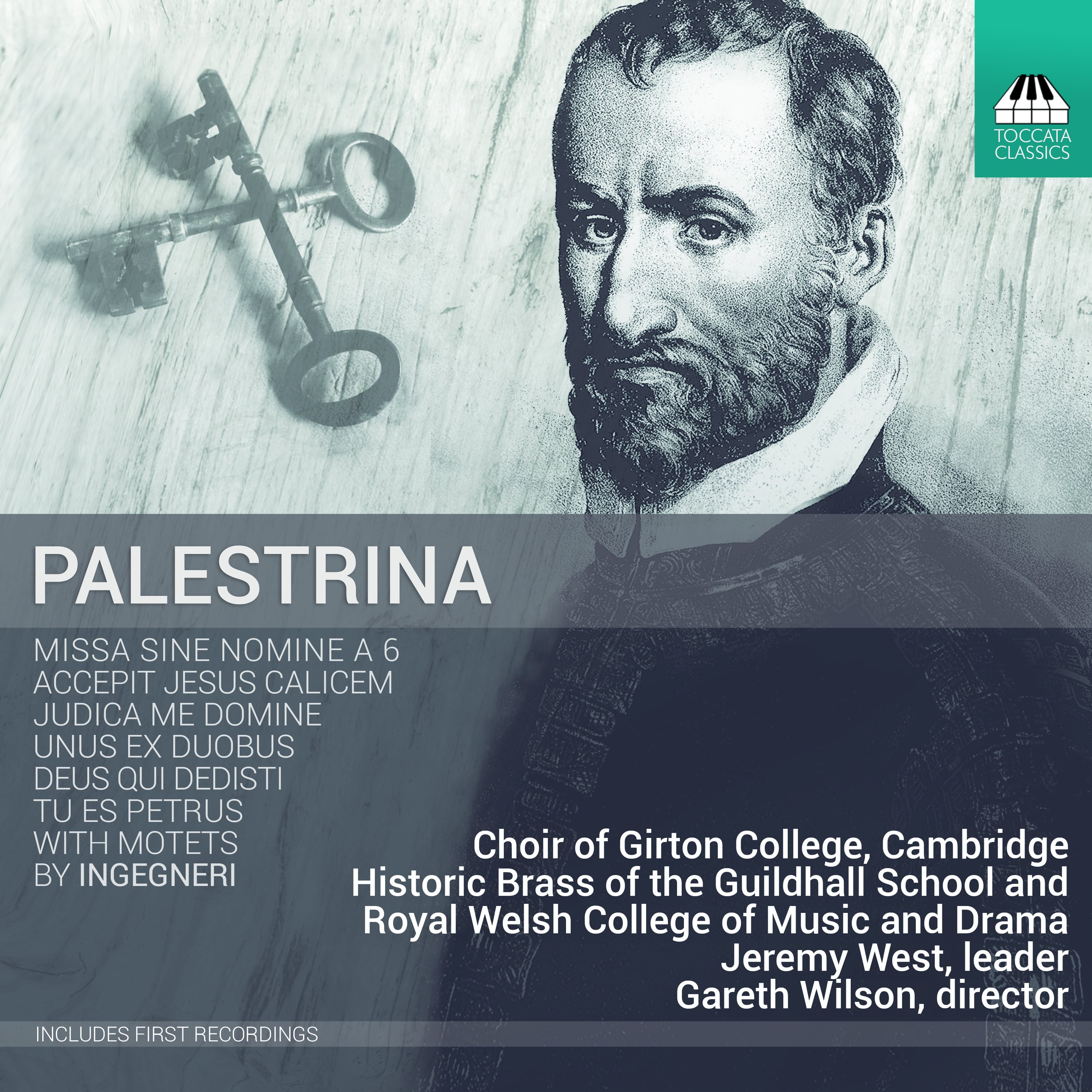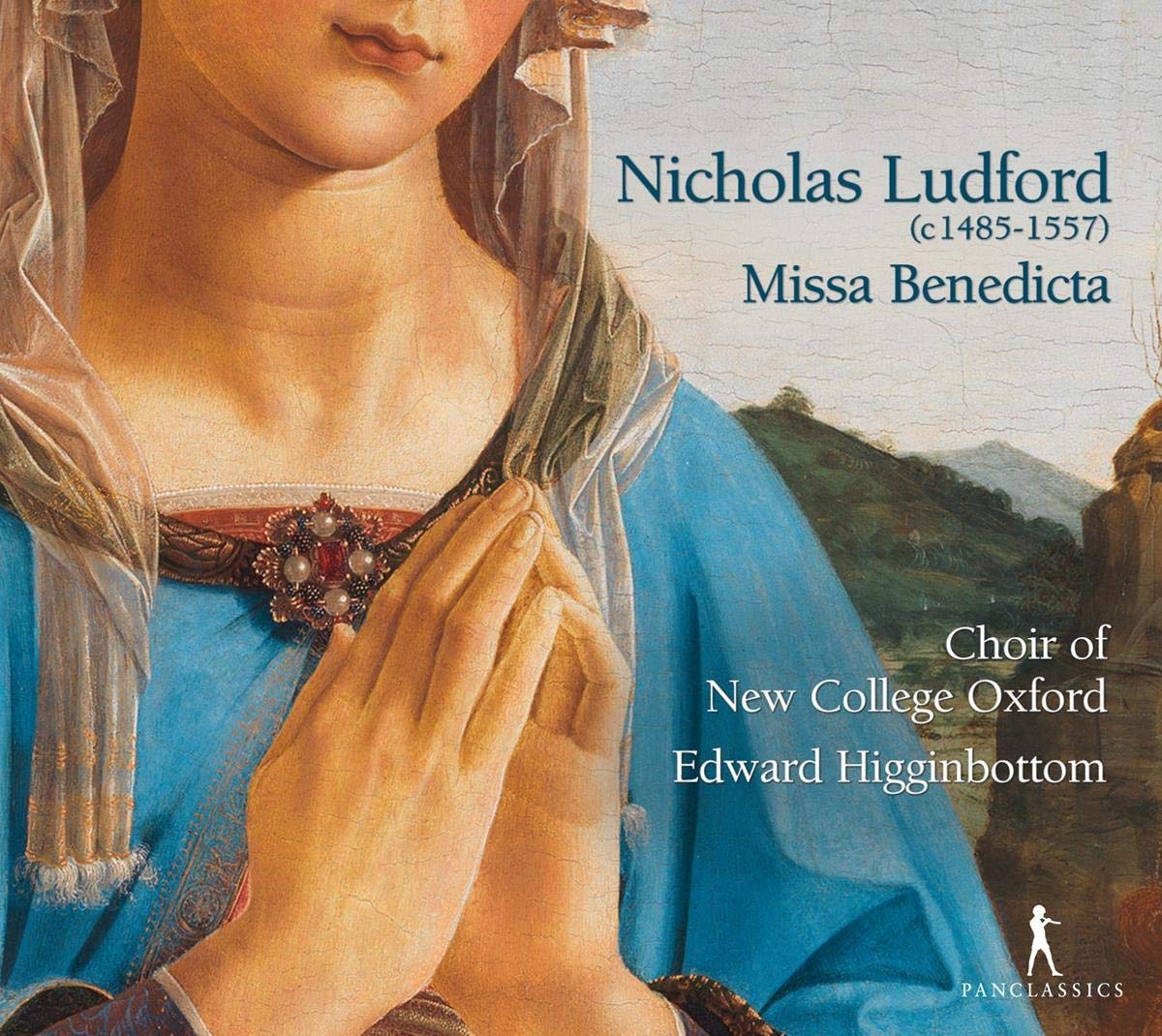Friederike Chylek harpsichord
Oehms Classics OC 1702
67:24
This is the second recording by the German harpsichordist Friederike Chylek of early English keyboard music. I gave Time Stands Still a warm welcome (7 February 2017) and so I began listening to its successor with a sense of eager anticipation. The programme is built around a fascinating conceit, somewhat in the form of a rondo, featuring Byrd as fons et origo of harpsichord music, with forays into the works of his pupils and, further afield, to composers from the seventeenth century all of whom benefited from his pioneering. The disc is given a particular significance for including a rare Byrd premiere, of sorts.
The programme begins with four varied pieces by Byrd
himself, beginning with The Bells. There
are over twenty versions of this classic currently available, and more than one
of the recent procession of releases featuring Byrd’s keyboard music have
included it. Nevertheless, even a jaded palate will be stimulated by Chylek’s
superb performance. I was brought up on Fritz Neumeyer’s version (on a 10” LP
from 1957!) which pulled off the trick of being metronomic while allowing
Byrd’s music to express how he had been inspired by the sound of pealing bells.
Frau Chylek goes further, maintaining an ideal balance between the disciplined
requirements of campanology, and a subtle ebb and flow as Byrd revels in the
ringing. Some recordings tend to over-interpret this piece. Chylek confirms
that the only requirements are the composer’s notes, allied to the performer’s
momentum and sensitivity. The other three items in this opening section are
Byrd’s first setting (of three) of Monsieur’s
Alman; Lord Willoughby’s Welcome Home
– always welcome (sic) especially when played as vivaciously as this; and
the Prelude in G which is the first item in the volumes of Musica Britannica
devoted to the composer.
It might seem perverse to conclude what is obviously a
separate section of a recording with a prelude, but in fact it leads fittingly
to an anonymous setting of Dowland’s Piper’s
Pavan & Galliard (MB 96/28) which is in the same key. This is followed
by the disc’s significant premiere. There is an LP recording of the setting of Piper’s Galliard aka If my Complaints, played by Paul Maynard,
from 1962, but this is the first version on CD, providing an interesting
comparison with the anonymous setting of the same galliard that is the previous
track. The attribution to Byrd in its unique source is now universally rejected
(BK 103, MB 96/38) not least because yet another anonymous setting (Tuttle 26, BK
118, MB 55/20) is now regarded as likely to be by Byrd, and has been recorded
as such by Davitt Moroney on his boxed set of Byrd’s complete keyboard music
(Hyperion CDS44461-7) and by Aapo Hakkinen on William Byrd: Late Music for the Virginals (Alba ABCD 405) which I
reviewed appreciatively for EMR (published
20 November 2017 q.v.). Although Frau Chylek makes the best possible case for
the amiable setting now rejected from Byrd’s keyboard canon, it is not
difficult to agree with Oliver Neighbour’s dismissal of it as “a thoroughly
amateurish version” of Dowland’s galliard, even going on to call the
attribution to Byrd “impertinent”. The piece is not mentioned by Martin
Hoffmann in the booklet, and is described accurately and with restraint on the
sleeve as “arr. attributed to Byrd”. Incidentally, according to Stephen Tuttle
and pace Moroney, the now accepted
anonymous setting was first attributed to Byrd as early as 1929, by Hilda
Andrews in part II of the Catalogue of
the King’s Music Library (London: British Museum).
We remain with Byrd for his second setting of Monsieur’s Alman which is the longest of
the three (the brief third is on Hakkinen’s disc mentioned above; Neighbour was
wrong to be dismissive of these settings, as Chylek and Hakkinen give thoughtful
performances that answer his criticisms) before setting off for the Baroque. Here
we are treated to a Suite in D by Matthew Locke from Melothesia, then a Symphony and Saraband in g by William Lawes,
numbers 48-49 from Playford’s Musick’s
Handmaid of 1663 (numbers 343 and 345 in the Viola da Gamba Society’s Thematic index of music for viols under
William Lawes), followed by the Suite in d (Z 668) by Purcell; the subtitle of
the almand “Bell-barr” refers to Bell Bar, a hamlet in the parish of North
Mimms or Mymms in Hertfordshire, close to Hatfield and St Albans. Chylek’s
touch in these tuneful Baroque items is as sensitive to her material as it is
in the earlier pieces from the Renaissance.
And then it is back to Byrd again for three more works. The
Pavan & Galliard pair “Bray” is thought to be dedicated to the expatriate
Jesuit priest Fr William Bray. It is one of Byrd’s less recorded pairings in
its original version for keyboard, the pavan being more likely to crop up on
disc, minus its exquisite varied strains, in its arrangement for lute by
Francis Cutting. The third work in this section is Byrd’s Fancy for My Lady Nevell aka Fantasia in C (BK 25) which begins
with an upward scale of C major which, as I have suggested in previous reviews
in EMR,echoes Byrd’s setting of the word “lux” in his motet Descendit in coelis from his second book
of Cantiones sacrae 1591. Her
execution of “Bray” captures the character of what is among Byrd’s more pensive,
and most beautiful, pavans, while she captures the sheer tunefulness of the
galliard, not least in its second strain where there is one of Byrd’s delightful
sleight-of-hand key-changes towards the end. Nor is her response to what is one
of Byrd’s most performed fantasias at all like the usual cavalry charge with which
it can be despatched, again preferring a pensive approach to show the piece in
a different light.
After this return to Byrd, we are off again, this time to
his more immediate successors. First, Gibbons’ Mask: The Fairest Nymph, a miniature that transcends it
miniaturity, if there be such a word. Dowland is then revisited, in two
settings by Bull of Piper’s Galliard,
both of them effervescent, the second like a shower of musical meteorites.
Chylek abides as distantly as possible by Thurston Dart’s pronouncement –
solemnly echoed by most subsequent performers and editors of this piece – that
“the formidable brilliance of this setting enforces a slow tempo”, without
sacrificing any musicality, a thrilling account. Morley’s very C-major Alman
goes some way towards slamming the brakes on, though even here the varied
strains throw caution bracingly to the winds, as the disc approaches its final
item, Byrd’s Hornpipe.
In Byrd’s day the hornpipe was a dance in triple time that
could be either fast or slow. It had no nautical connotations until the
eighteenth century, when it seems also to have begun to be danced in quadruple
time. Byrd’s piece is structurally a ground, and incorporates both the slow
and, from bar 121, fast manifestations of the dance. From a staid start, Byrd
subtly winds up the musical action using syncopation and varied note values,
until the change of tempo at bar 121, when it seems as though some source of extra
creative energy bursts forth, such as younger and more energetic dancers taking
over from more mature performers, with increasing terpsichorean elation. Or so
Friederike Chylek’s playing could persuade one to believe.
This disc is a luminous justification of the concept of the
long-playing record and the compact disc. It is beautifully constructed on two
levels. First, it provides a programme in which interesting individual pieces
are juxtaposed, meaning, for example, that the listener with a penchant for
Byrd can be introduced to the superb music of Matthew Locke, who was born two
years before Byrd died, with which they might not be familiar. Secondly the
programming is inventive and sensitive. Byrd’s Prelude in g BK 1 concludes the
opening section devoted to his music but it leads decorously into an anonymous
setting, in the same key, of Piper’s Pavan & Galliard by Dowland. The
galliard is followed by another setting, attributed – albeit probably wrongly
but nonetheless interestingly – to Byrd. Later in the programme there are two
dazzling settings by Bull of the same galliard, the second an even more
spectacular “variatio” of the first. There are two settings of Monsieur’s Alman by Byrd to compare, and
a hornpipe by him and another by Purcell also to compare. As I mentioned at the
outset, the entire programme keeps flowing from Byrd to Byrd, interspersed with
forays to those who were his pupils, and further afield to those influenced by
him more distantly.
The booklet’s notes are an object lesson in informed
enthusiasm. It seems churlish to mention that they still give the date of
Byrd’s birth as 1543 (recte 1539/40)
but this can be excused in view of Martin Hoffmann’s appreciative, almost
evangelistic, focus on the repertory of this recording.
Neither the excellence of the programming nor of Dr
Hoffmann’s notes would be worth much without the superlative quality of
Friederike Chylek’s playing. With this recording her mere name becomes
self-recommending. Her tempi are unerringly judicious, her faultless
interpretations exuding profound sensitivity expressed lightly. She is aided by
a fine instrument, copied by Matthias Griewisch from an original of 1624 by
Ruckers. It has an almost silvery tone yet is strong when required, and depicts
every note with clarity and appropriate emphasis, revealing individual lines
within the more contrapuntal pieces while blending them into the totality of
each piece. This is of course a compliment to Friederike Chylek’s technique.
I cannot recommend this disc too highly. Anyone familiar
with some or all of these works will find them interpreted in so many new
lights. It is also an ideal disc for someone setting out to discover early
English keyboard music – a wonderful repertory complimented by this wonderful
disc.
Richard Turbet



